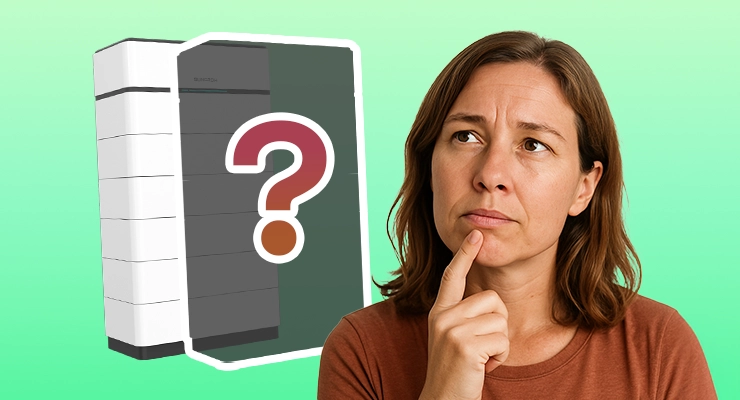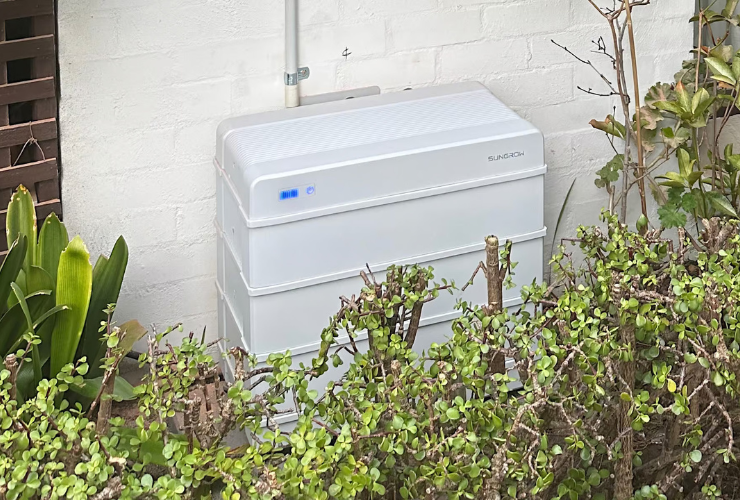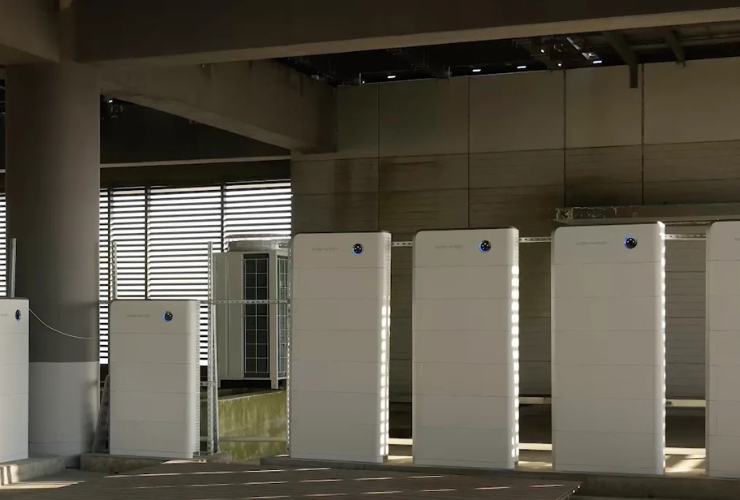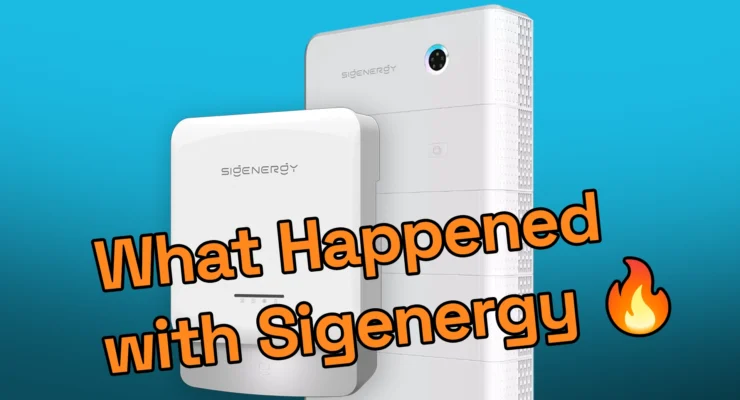Fast read
Yes, you can absolutely add a second battery to an existing solar system to increase your storage capacity, but it requires careful planning. The process depends heavily on your current inverter and the method used to connect the new battery, known as AC or DC coupling. To ensure safety, performance, and warranty compliance, it's crucial that the expansion is planned and carried out by a Solar Accreditation Australia (SAA) accredited installer.
Can a second battery be added later to expand capacity?
As Australian households evolve—welcoming an electric vehicle, growing the family, or simply using more power—energy needs change. If you have an existing solar and battery system, it’s natural to wonder if you can increase your storage instead of starting over. The good news is that expanding your battery capacity is definitely possible, but it’s not always a simple plug-and-play exercise.
This guide will walk you through the key considerations for adding a second battery, helping you understand your options and make an informed decision for your home’s energy future.
Is your current system ready for expansion?
The first step is to look at your existing setup, specifically your inverter. The inverter is the heart of your solar system, managing the flow of energy between your panels, your home, the grid, and your battery. Its type and capabilities will determine the easiest and most cost-effective way to add more storage.
If you installed your system with future expansion in mind, you might have a “battery-ready” hybrid inverter. These inverters are designed to manage both solar panels and battery storage from the outset, often making it simpler to add more battery capacity later.
If you have an older or more basic solar inverter that wasn’t designed for storage, you can still add a battery, but the method will be different. This is where understanding the two main connection methods becomes essential.
Understanding AC vs DC coupling
When adding a new battery, an installer will use one of two methods: DC coupling or AC coupling. Think of it as two different ways to plumb a new water tank into an existing system.
- DC Coupling: In a DC-coupled system, the batteries are charged directly from the DC (Direct Current) electricity produced by your solar panels, all managed by a single hybrid inverter. This is highly efficient because the power doesn’t need to be converted multiple times. If you already have a hybrid inverter with expandable battery capacity, adding another compatible module is often a straightforward DC-coupled expansion.
- AC Coupling: In an AC-coupled system, the new battery has its own dedicated inverter. Your solar panels feed AC (Alternating Current) power to your home and grid via the solar inverter, and any excess AC power is then converted back to DC to charge the new battery. This method is more flexible and is the most common way to retrofit a battery to an existing solar system that doesn’t have a hybrid inverter.
Key questions to ask before you expand
To determine the best path forward, you and your installer will need to answer a few critical questions.
Can I mix and match battery brands?
This is one of the most common questions, and the answer is generally no, it’s not recommended.
For a DC-coupled expansion where you are adding modules to an existing battery, you must use modules from the same manufacturer that are certified as compatible. Mixing brands can lead to communication errors between the components, poor performance, safety risks, and will almost certainly void your warranty.
For an AC-coupled installation, because the new battery has its own inverter, it operates independently of your first battery. While this means you could technically have two different brands on your property, it creates a more complex system to manage and is generally not advised. For simplicity and streamlined support, sticking with a single-brand ecosystem is often the best long-term choice.
Will I need a new inverter?
If you want to expand your system using the highly efficient DC-coupling method but don’t have a compatible hybrid inverter, you will need to replace your current one. This adds cost but can result in a more streamlined and efficient system.
If you choose the AC-coupling route, you can keep your existing solar inverter and simply add the new battery with its own integrated or dedicated inverter. This is often the most cost-effective path for retrofitting.
What about modular battery systems?
Many modern battery systems are designed to be modular, which simplifies expansion. Brands like Sungrow and Sigenergy offer systems built with expansion in mind.
For example, a Sungrow battery system can be expanded by adding more 3.2 kWh modules to the stack later on, though there are technical limitations on when this can be done. Similarly, the Sigenergy SigenStor is an integrated, stackable system where battery modules (available in 5 kWh and 8 kWh) can be added to increase capacity up to 48 kWh in a single unit. This modular approach is the simplest form of DC-coupled expansion.
Future-proofing: planning ahead for expansion
If you’re currently installing a new solar system but aren’t ready for a large battery, you can plan ahead to make future expansion easier and more affordable.
- Install a Hybrid Inverter: Start with a quality hybrid inverter that has the capacity to handle more battery storage than you initially installed. Inverters from brands like Sungrow are well-regarded for their robust hybrid capabilities and compatibility with their own modular batteries.
- Consider System Size: Ensure your solar panel array is large enough to support your future, expanded battery capacity. A small solar array will struggle to charge a large battery, especially during winter months.
- Leave Physical Space: Make sure your switchboard and preferred battery location have enough physical space to accommodate a future unit.
Is it more cost-effective to add a battery later?
While adding a battery later provides flexibility, installing your total desired capacity upfront is almost always more cost-effective. A single installation involves one set of labour costs from an accredited installer. Expanding later means paying for a second call-out, additional electrical work, and potentially a new or upgraded inverter.
However, with government incentives potentially changing and battery prices continuing to evolve, a staged approach can still be a smart financial strategy for many households.
The final word: always use an accredited professional
Adding a battery to your solar system is not a DIY job. It involves high-voltage electricity and requires a deep understanding of component compatibility, Australian Standards (like AS/NZS 5139), and local network regulations.
Always engage a Solar Accreditation Australia (SAA) accredited installer for any battery installation or expansion. They can assess your current system, recommend the safest and most effective expansion strategy, and ensure your system remains compliant and your warranties are intact.
If you’re feeling unsure about the best way to expand your system, the team at Your Energy Answers can help connect you with local, accredited experts who can provide clear advice tailored to your specific needs.





